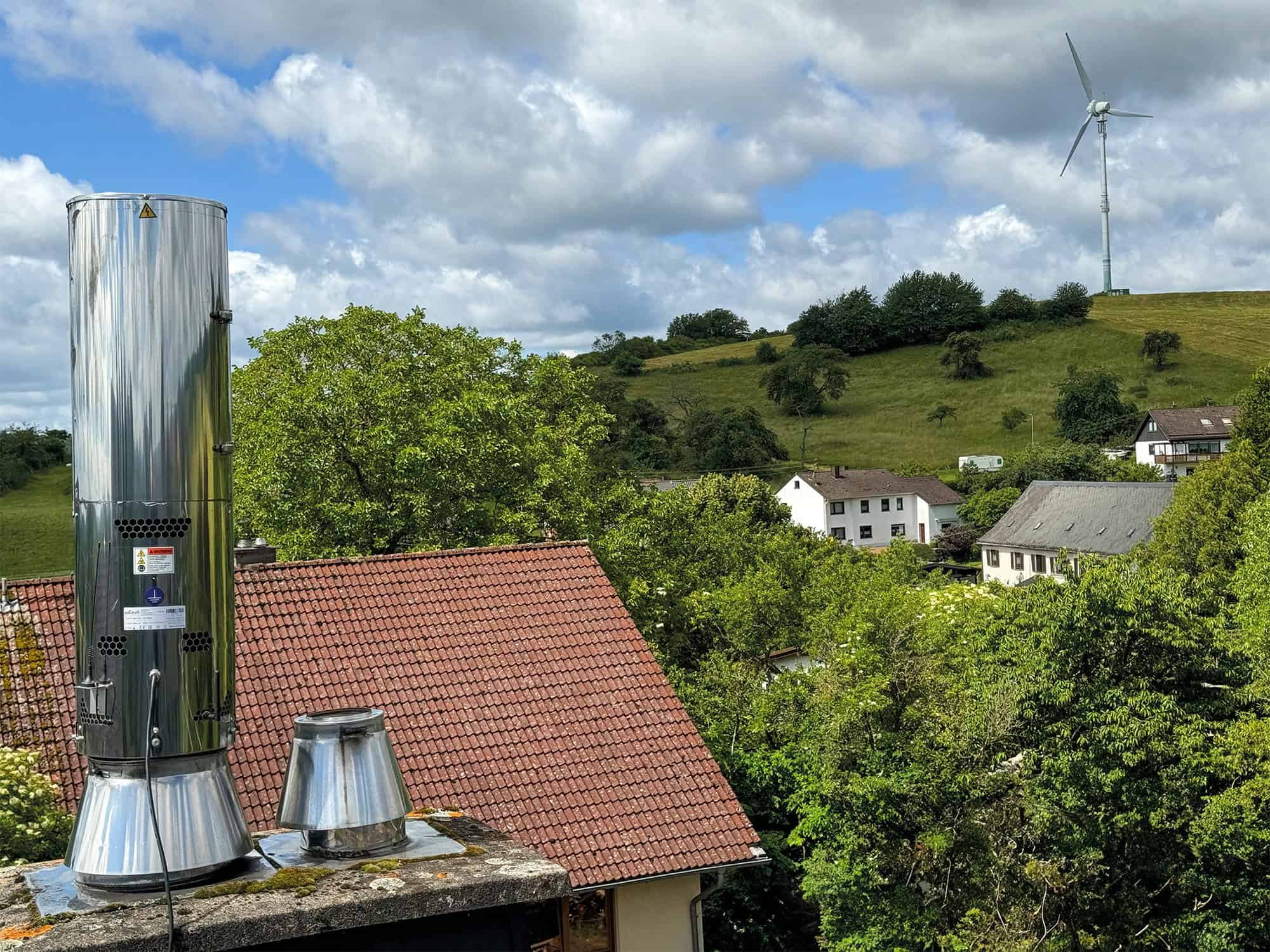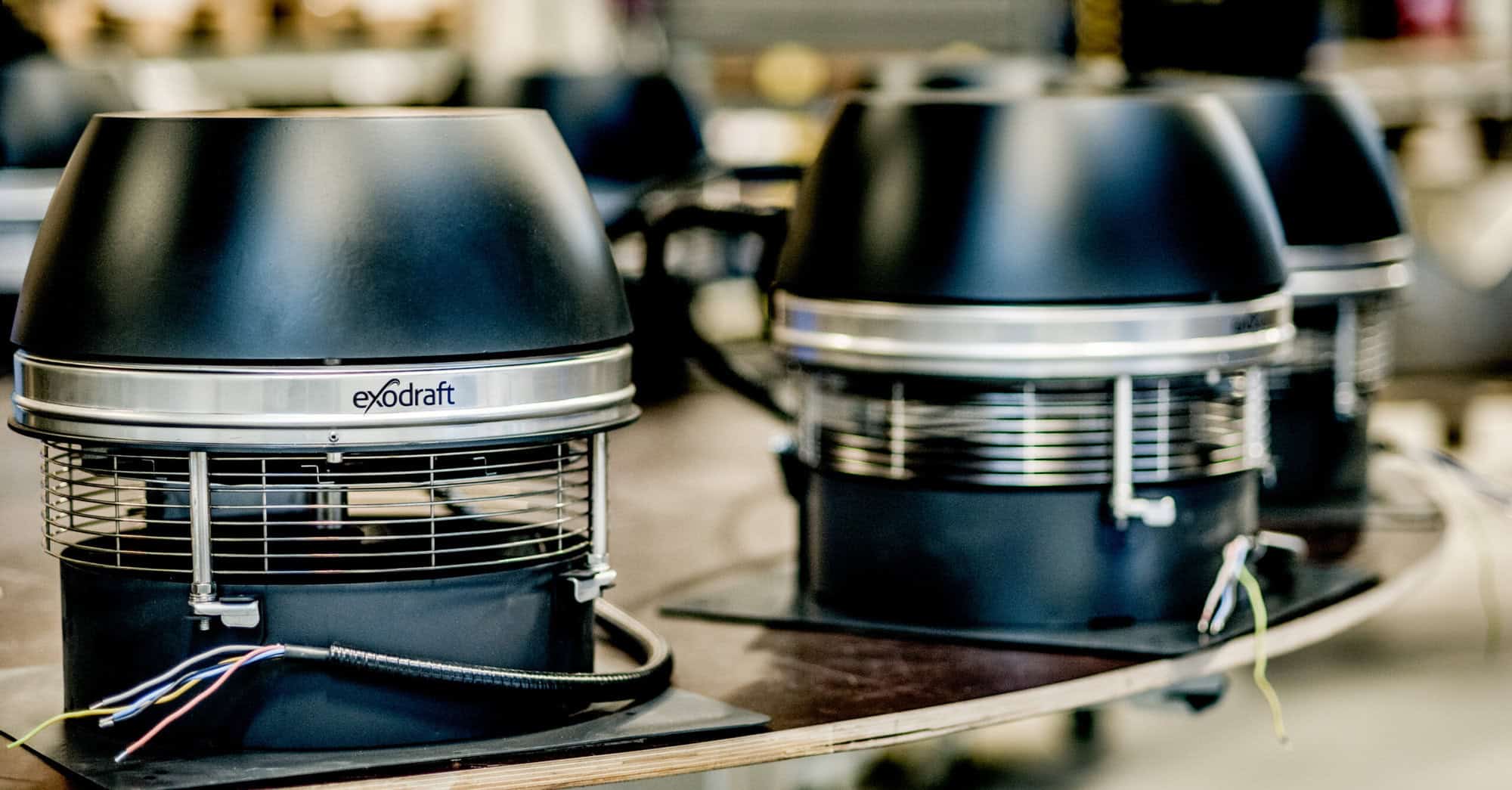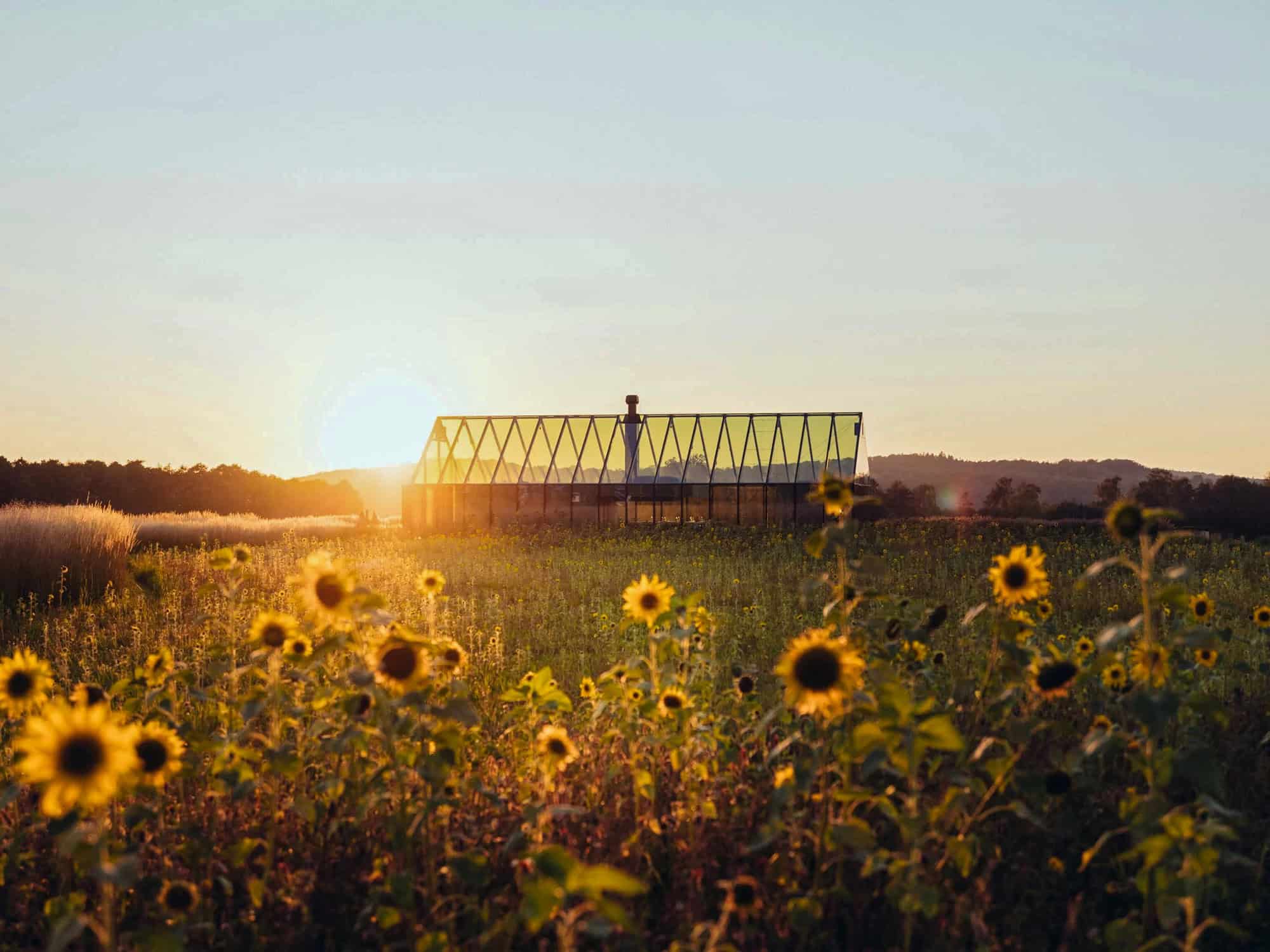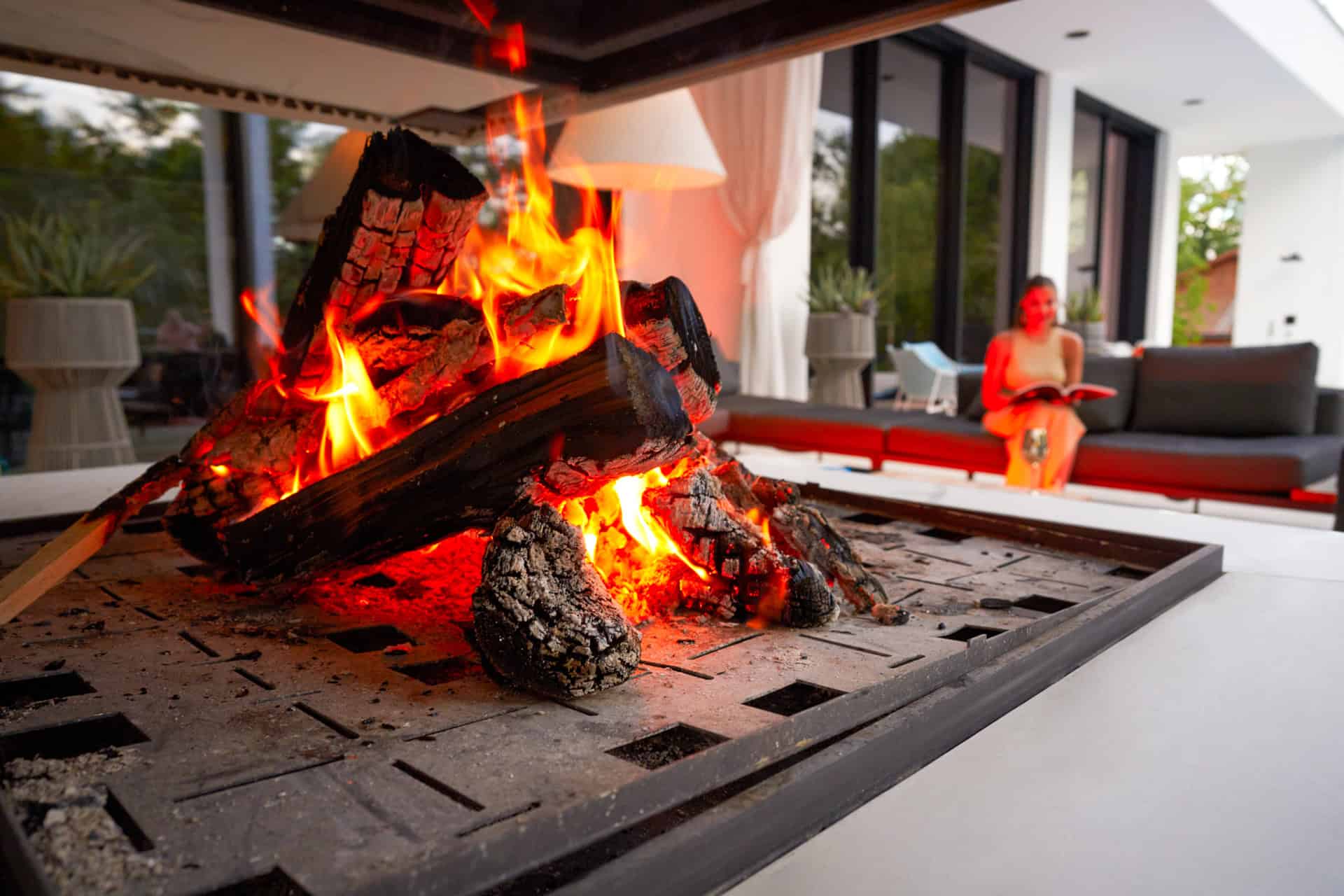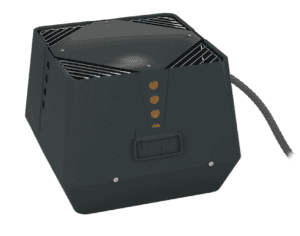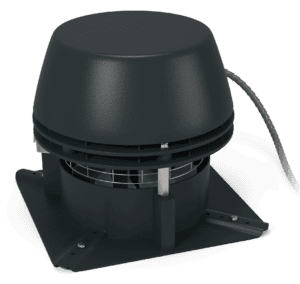
OPTIMISE THE PERFORMANCE OF YOUR CHIMNEY
An Exodraft chimney fan
benefits both people
and the environment
At Exodraft, we have extensive experience with chimney fans, whether for private or commercial use.
By creating a negative pressure, our chimney fans optimise the draught in the chimney, ease the lighting of wood-burning stoves, improve combustion, and reduce smoke and odour nuisances. This significantly reduces the amount of harmful particles, benefiting both people and the environment.
Our products are robust, quiet, and easy to operate. We offer various control solutions, including wireless control via a remote or app. Additionally, our products are compatible with many stoves and fireplaces and meet all safety requirements.
Standard solutions
Wood-burning stoves in the UK
1.500.000
Fewer particles in the living room
80%
Power consumption
40-60 watts
Reduction of particles from the chimney
20%
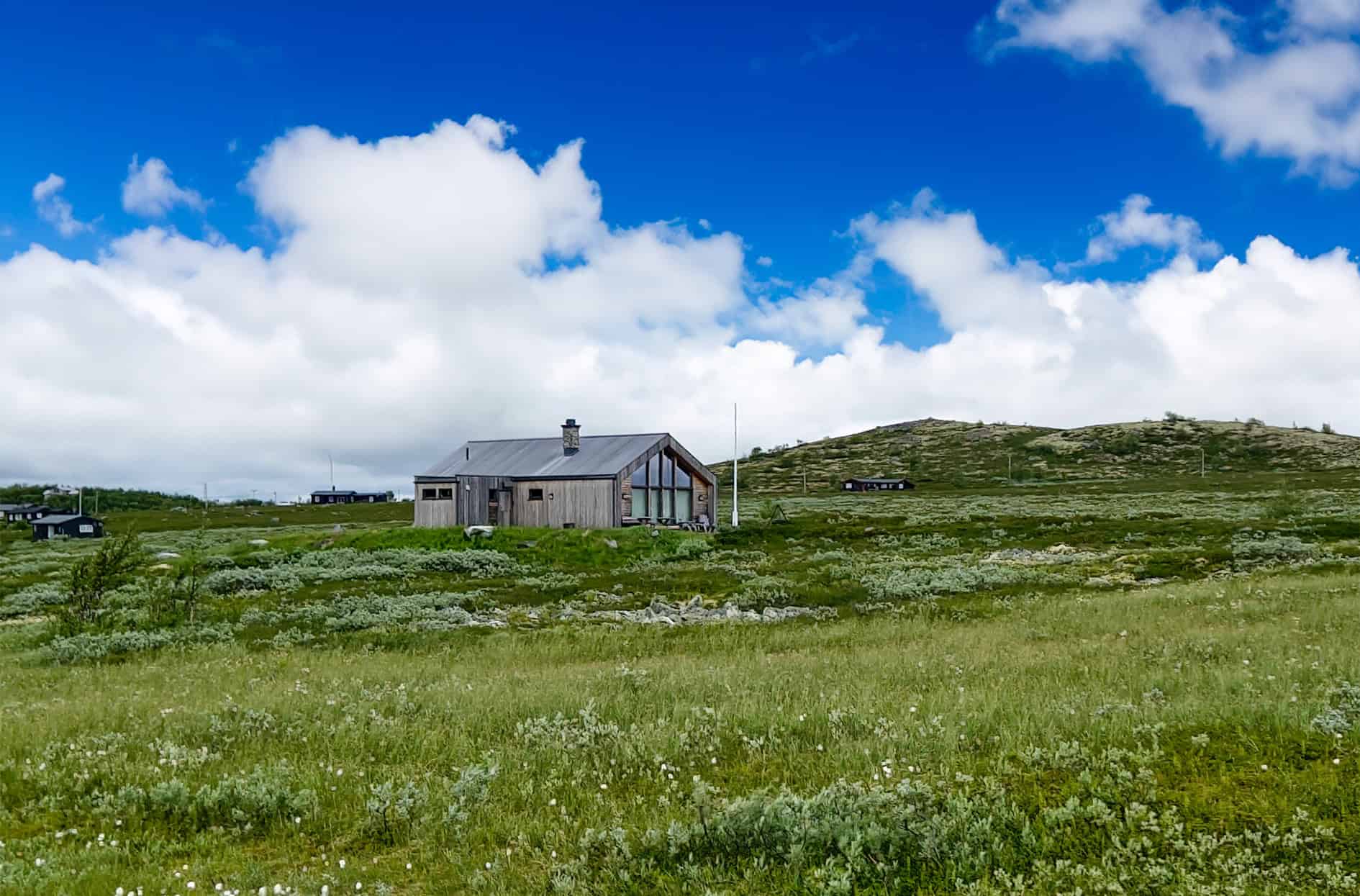
LET US HELP YOU
Get 15 % more energy
from the same
amount of firewood
Our chimney fans work by being installed at the top of the chimney, where they function similarly to an extractor hood. They create negative pressure in the chimney, allowing you to get 15% more energy from the same amount of firewood. Therefore, a chimney fan is not only beneficial for the health, indoor climate, and the environment – it also provides long-term savings on firewood and energy costs.
You can find our chimney fans for private use at one of our dealers, located throughout the country. If you need a chimney fan for commercial use, you can read more by clicking below.
How an Exodraft chimney fan can be used
At home in the living room
Fewer harmful particles, easier ignition, and more efficient use of your firewood. RS009-014 + RSV009-014
Street Food or food trucks
Even if food is prepared over an open fire, our chimney fan ensures a good indoor climate. RS009-014 + RSV009-014
Pizza oven
Some of our chimney fans can handle flue gas temperatures up to 700°C. RSHT
At the grill bar
We can minimize the amount of steam, smoke, odor, and greasy air with our chimney fan. GSV
Oil and gas boilers
Our chimney fan ensures the correct chimney draught when using oil and gas boilers for heating. RSV160-450
At open fireplaces
There is something truly cozy about open fireplaces, where our chimney fans reduce harmful particles and odor. RSV + RSVG for gas fireplaces
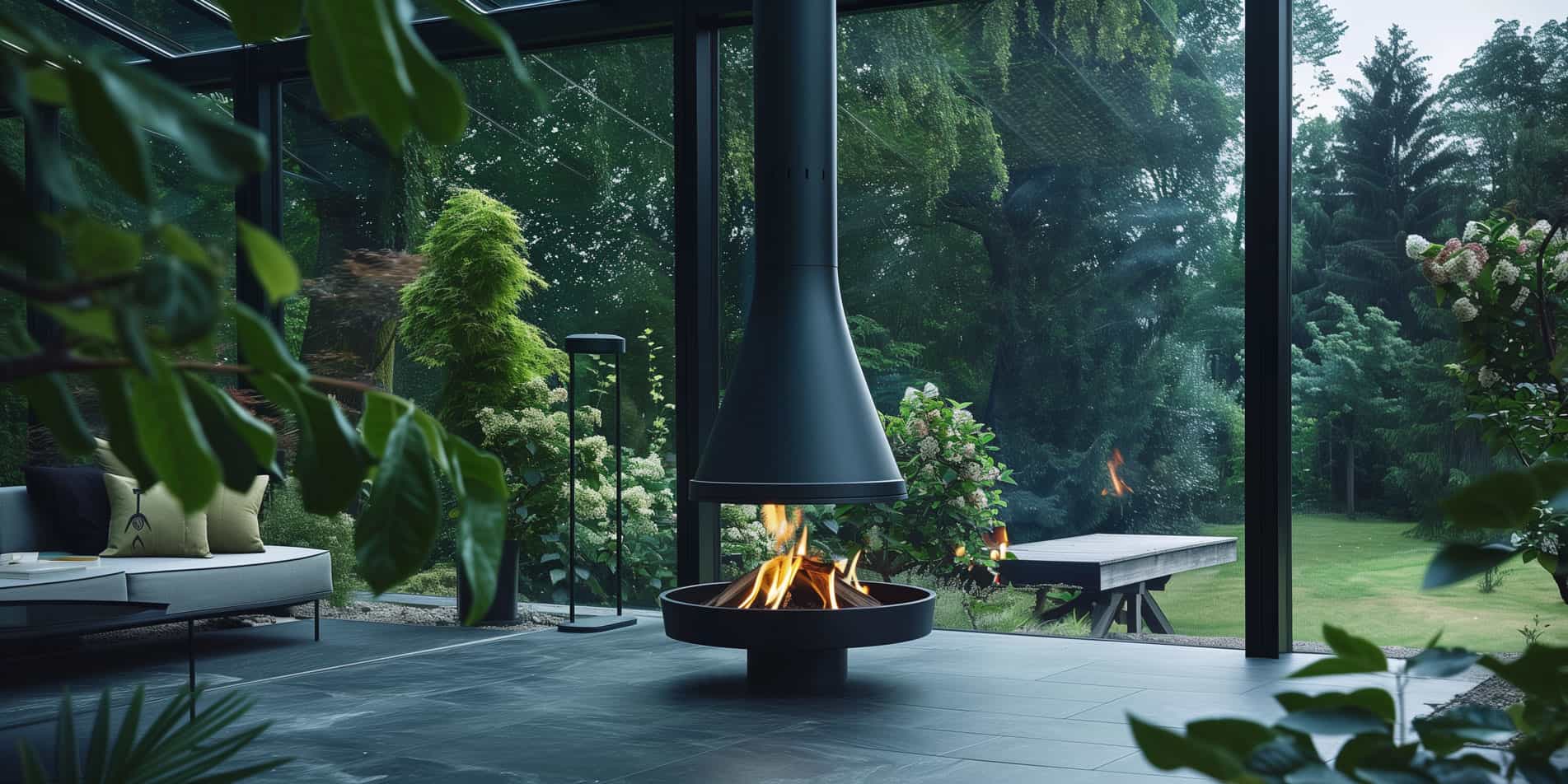
Contact us

